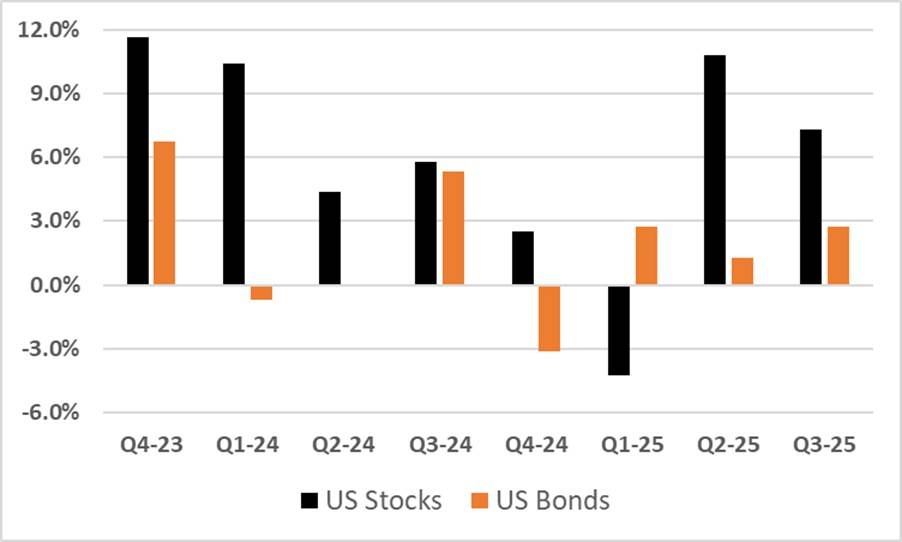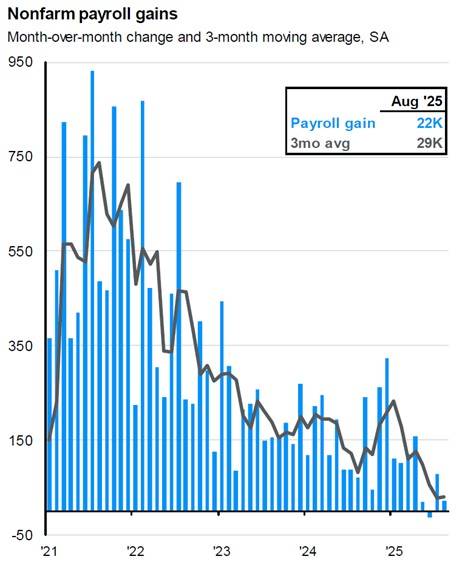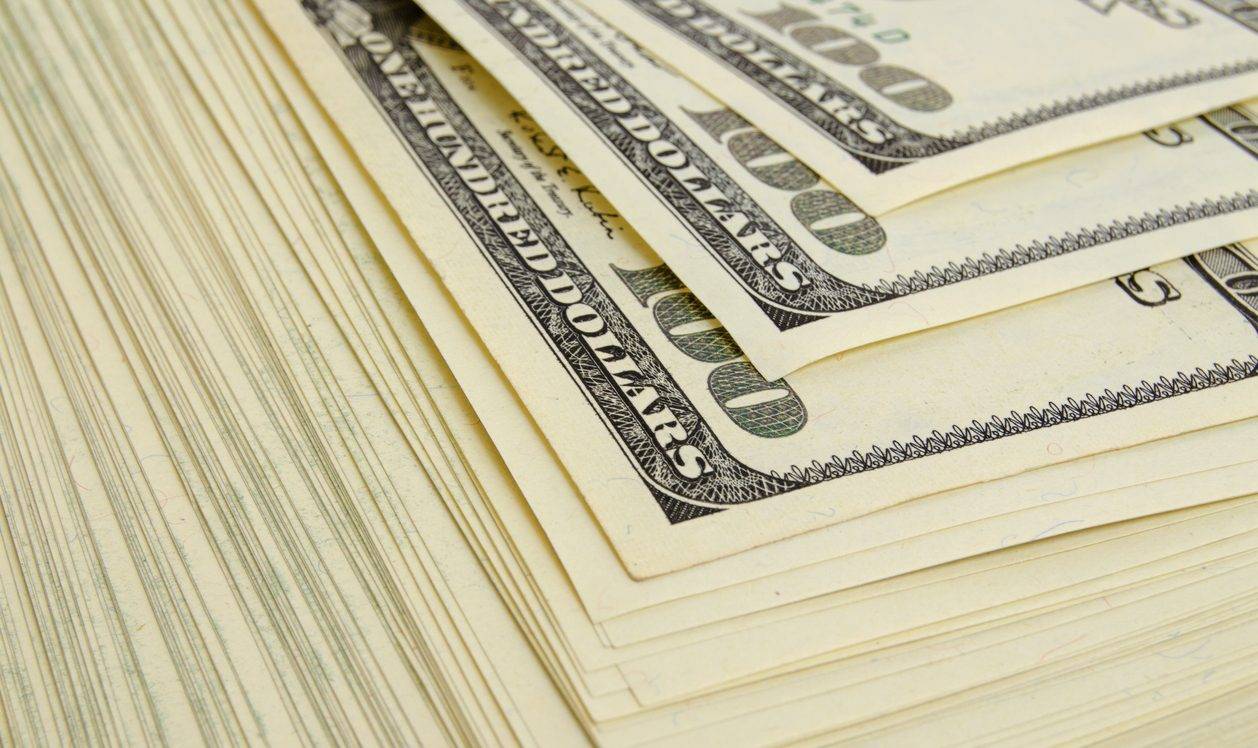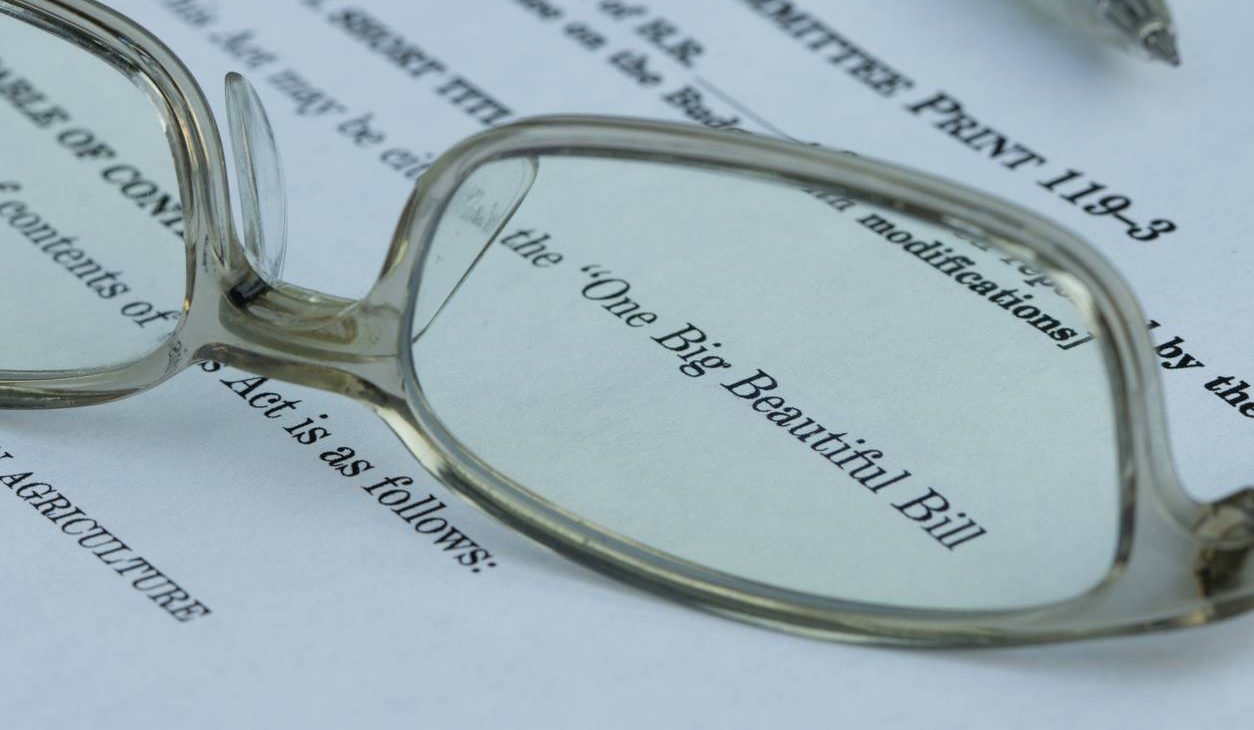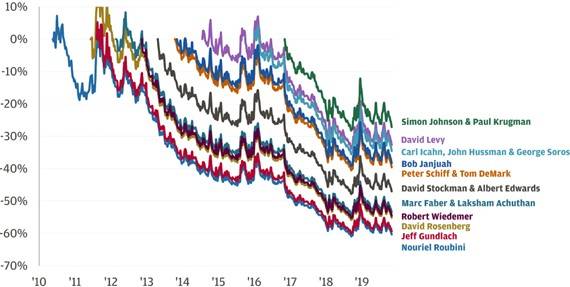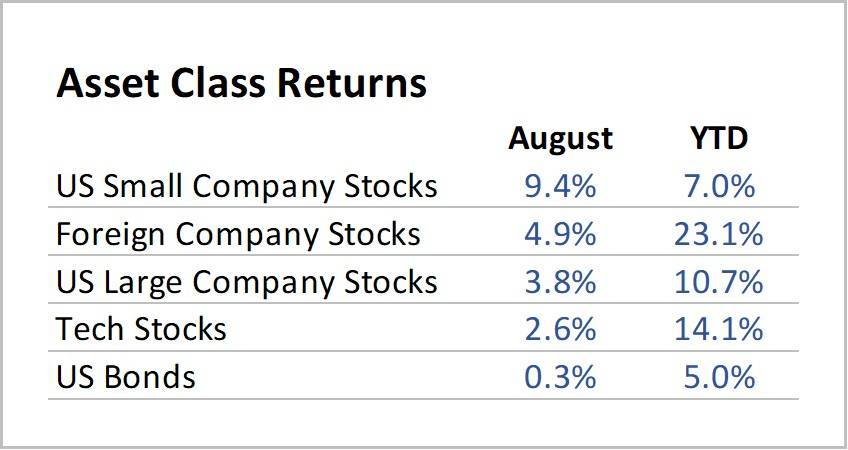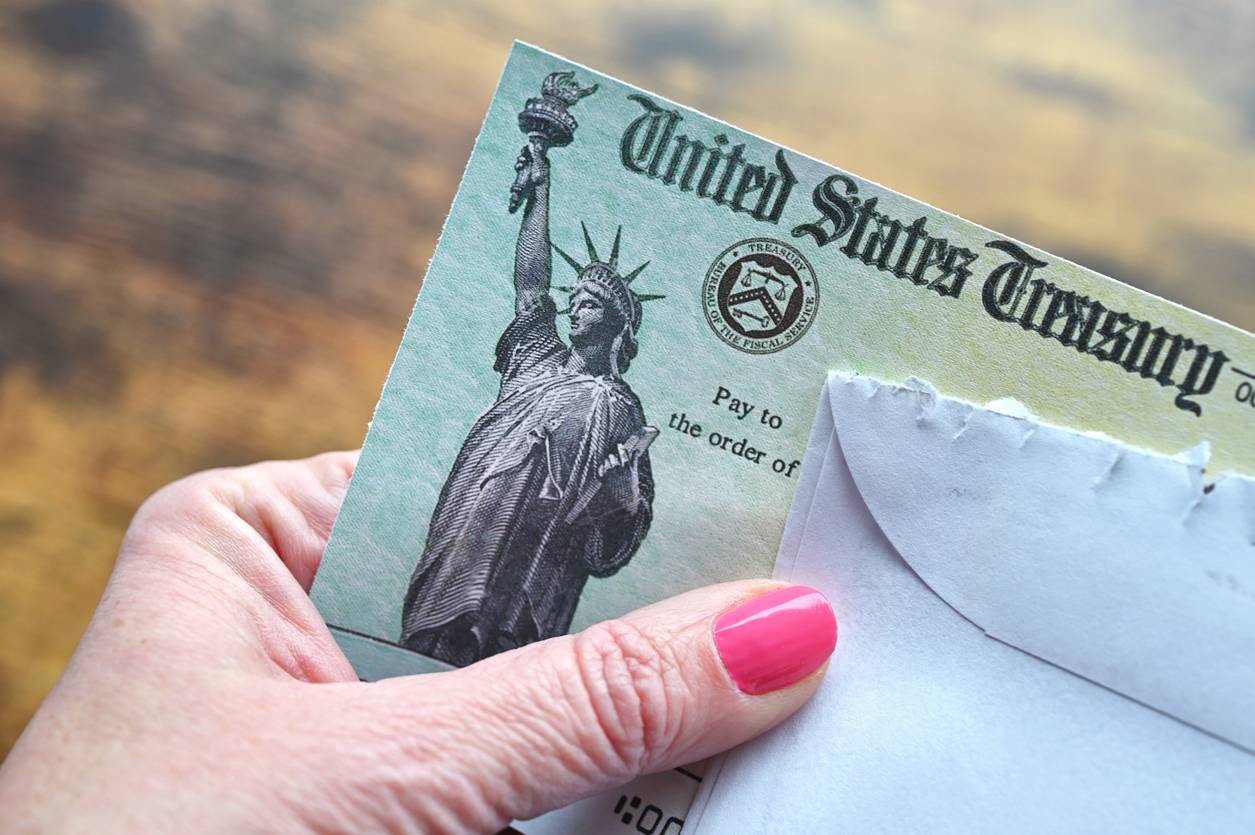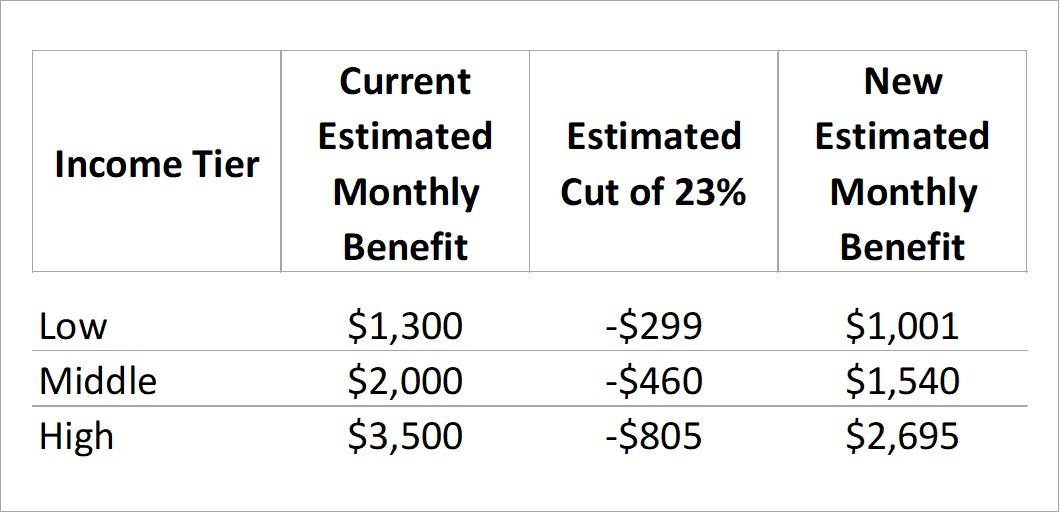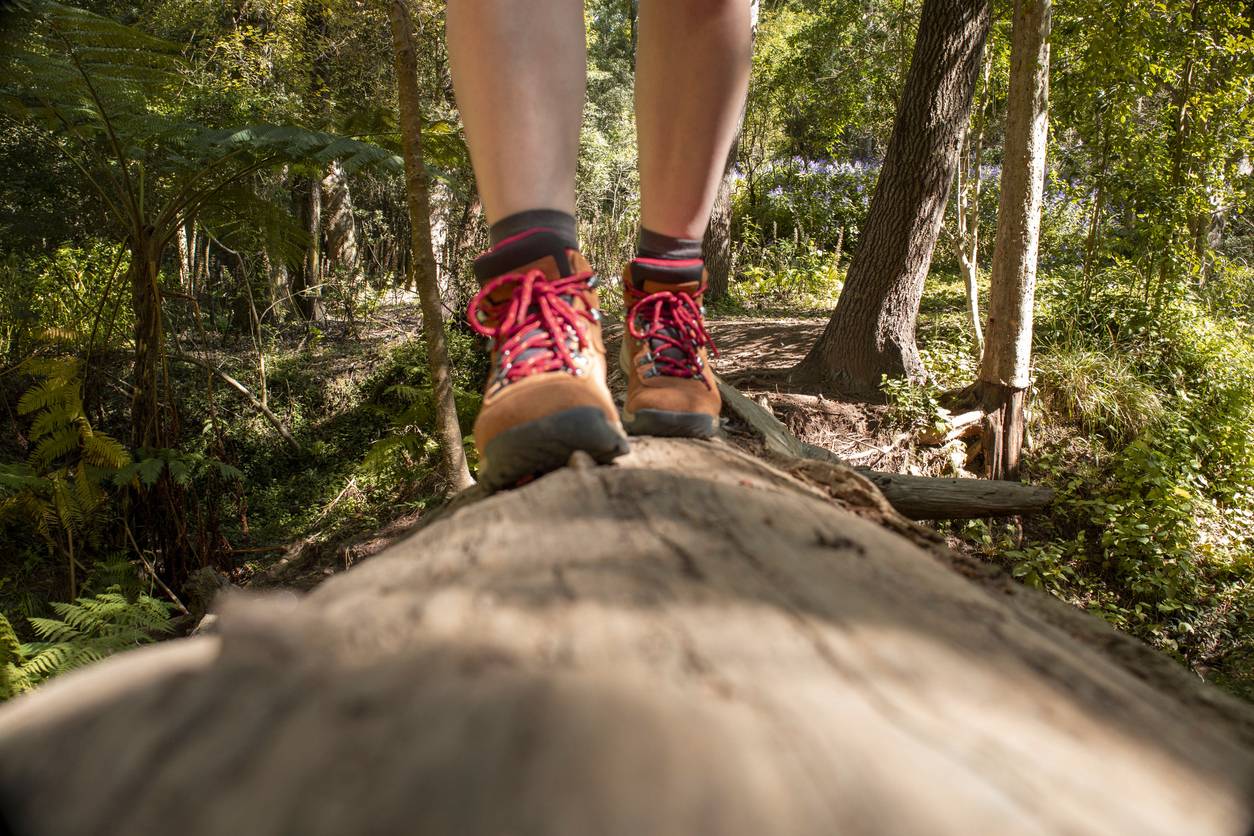Every client’s situation is unique, but it’s helpful to consider a few categories that many folks fall into, to illustrate potential effects and possible tax planning moves you might consider following the passage of OBBBA.
In the article that follows, we cover those demographics likely to benefit most from the tax changes and then divide each category into Singles and Married Couples, so that you can reference a profile consistent with your stage of life and tax filing status.
Clients in Mid-Career
Situation: You’re in your prime working years, possibly with kids at home or in college. You might have a mortgage, you’re saving for retirement, and you could be in a high tax bracket due to dual income or career success.
Mid-Career Singles
If you’re single (or a single head of household) in this stage, your tax rates will remain at the current lower levels going forward, giving you stability. You won’t see your 24% bracket jump to 28% in 2026, for instance – it stays 24%.
The higher standard deduction is now permanent, meaning if you aren’t a homeowner or otherwise don’t itemize, you’ll continue to get a larger deduction each year.
However, with the new SALT (State and Local Tax) cap increase, you might actually benefit from itemizing if you own a home or live in a high-tax area.
For example, if you pay $8k in state taxes and $7k in property tax, previously you could only deduct $10k of that; now you could deduct the full $15k.
Combined with other itemizables (charity, mortgage interest), you may exceed the standard deduction and lower your taxable income further.
We recommend calculating this each year to determine if you could benefit from itemizing.
Also be mindful of the SALT cap phase-out: if your income is approaching ~$500k, there could be a marginal “tax bump” where deductions phase down.
It’s a consideration if, say, you’re negotiating a bonus or liquidating stock options – it might be worth spreading income over two years to keep AGI (Adjusted Gross Income) under that threshold and maximize deductions.
One more note: if you have any side business or 1099 income, remember that the 20% QBI deduction (Qualified Business Income) is permanent, so continue to keep good records of business expenses and income to fully utilize that break each year.
Mid-Career Married Couples
Dual-income couples will likewise benefit from the permanent lower brackets and the standard deduction. You’ll also get the slightly higher child tax credit if you have kids under 17 – an extra $200 per child annually.
Many taxpayers could benefit from the new $40k SALT deduction cap. In states like Massachusetts, a married couple with two decent incomes can easily pay over $20k in state income tax plus property taxes.
Now you’ll be able to deduct up to $40k of those taxes, which could make a significant difference in your itemized deductions.
Suppose you pay $15k state + $12k property = $27k, and you also have $5k of mortgage interest and donate $5k to charity – that total $37k would all be deductible (well above the ~$31k standard amount).
If your situation mirrors the example above, then for 2025–2029, you’d itemize and cut more off your taxable income. Look for tax-planning help in identifying if you cross that threshold.
As a strategy, consider “bunching” charitable donations (if you’re inclined toward charitable giving) into certain years to maximize your deductions. Because of the new 0.5% AGI floor on charity from 2026, you get more bang for your donated buck by concentrating gifts.
For example, instead of $5k each year, doing $10k every other year might yield a better tax result. You can facilitate this via donor-advised funds if desired.
Also, if you’re paying a mortgage, note that mortgage insurance (PMI) will be deductible again starting in 2026 – not a huge factor unless you bought recently with a small down payment, but worth knowing.
Overall, mid-career couples should find that they have a few more deductions to work with and no looming tax rate hikes, which may then allow you to invest more, set aside additional saving for college, and possibly accelerate income (like Roth conversions or stock option exercises) during these relatively low-tax years.
Clients Approaching Retirement
Situation: You’re within shouting distance of retirement, maybe planning to retire in the next 5-10 years. You’re thinking about Social Security, transition of income sources, and positioning your portfolio for withdrawals.
Approaching Retirement – Singles
If you’re single and nearing retirement, one key takeaway from OBBBA is tax predictability as you transition away from full-time work. The marginal rates you pay now on your salary will likely be the same or even lower when you switch over to retirement income streams.
This makes planning things like Roth IRA conversions or when to claim Social Security a bit easier, since we don’t have to worry about a major across-the-board tax increase in 2026.
Another benefit: if you’ll be 65 or older during 2025–2028, you’ll get that additional $6k deduction each year. Suppose you plan to retire at 66 in 2026 – your first few years in retirement (2026–2028) will have this built-in tax break.
You could use that to, for example, convert an extra $6k from your traditional IRA to a Roth IRA each year tax-free, or take slightly larger distributions in those years without tax.
You will need to watch the phase-out: if you have significant income from a pension or a high Required Minimum Distribution (RMD), and your AGI creeps above ~$75k, that $6k deduction starts shrinking.
It might influence things like whether to do partial Roth conversions (to keep AGI in a range that preserves the senior deduction).
Also, note that Social Security taxation hasn’t changed – up to 85% of benefits can still be taxable depending on your other income.
The new deductions can help reduce the taxable portion indirectly (since they lower overall AGI), but the formula is the same.
One strategy could be to take more income in 2025–2028 while you have extra deductions and maybe delay some income in 2029 when the senior deduction ends (if that makes sense with RMDs, etc.).
Approaching Retirement – Married Couples
For couples nearing retirement, the alignment of retiring and these tax changes is quite favorable.
If you both retire by, say, 2026, you’ll slide into retirement with permanently lower tax rates locked in and a four-year window of extra deductions (if at least one of you is 65+, and certainly if both are).
Let’s say one spouse is 65 and the other 63 in 2025: you’d get $6k extra in 2025 (for the older spouse), and by 2027 when both are 65, you’d get the full $12k extra for 2027–2028. This effectively gives you more tax-free income capacity.
A 65+ couple can have about $46k of income with no tax in 2025; by 2028 that will be a bit higher with inflation adjustments. This means many couples with moderate levels of income will pay very little tax in the first years of retirement on distributions, pensions, etc.
You’ll want to maximize the use of the 0% tax bracket – perhaps by doing Roth conversions or harvesting gains from investments while they’re free of tax.
Also, if you own a business and are selling it as you retire, or you plan to sell real estate, try (if possible) to schedule that sale’s income into these lower-tax years of 2025–2028.
Capturing a large capital gain in a year when you have a sizable standard deduction plus senior deduction could significantly reduce how much tax you pay on the sale.
One caution: if you have a high salary or large capital gain in 2025 and retire in 2026, be mindful that in 2025 your income might be high enough to phase out the senior deduction if one of you is 65 that year.
Lastly, regarding Social Security and Medicare – remember Medicare premiums (IRMAA surcharges) are tied to AGI from two years prior.
If you do take advantage of these low-tax years to convert a lot of IRA money to Roth, you’ll have to watch not to inadvertently spike your AGI too high and trigger high Medicare premiums down the road. It’s a balancing act: taxes vs. IRMAA.
Retired Clients
Situation: You are fully or mostly retired, living off Social Security, pensions, and/or portfolio withdrawals. You’re concerned with maintaining your lifestyle, managing RMDs, and preserving wealth for later in life or heirs.
Retired Clients – Singles
As a retired individual, you may not have thought a big new tax law would do much for you. After all, you’re not earning wages or running a business. But OBBBA actually gives retirees some tangible benefits.
First, the $6k senior deduction means you can have more income without paying tax (if you’re 65+ with income of less than $75k). If your income needs are modest (for example, mostly Social Security plus a bit of IRA withdrawal), you might find you owe zero federal income tax now.
For instance, Social Security gets special tax treatment (a minimum of 15% of Social Security income is untaxed for all recipients).
Combining that with a ~$23k total deduction (standard + new senior deduction) means many single retirees can have, say, $30-40k gross income and still pay virtually nothing in federal tax.
Additionally, the SALT cap increase could benefit you if you still own a home and pay significant property taxes. Perhaps you weren’t itemizing the last few years because the $10k SALT limit plus your other write-offs didn’t exceed the standard deduction.
But now, if you pay $12k in property tax and $5k in state tax (maybe on your IRA distributions being taxed by Massachusetts), that $17k would be fully deductible (under the $40k cap).
Add charitable contributions and maybe some mortgage interest if you still have one, and you might well exceed the ~$18k standard deduction.
Many retirees also give to charity— if you itemize, remember the new 0.5% rule: it’s minor, but you might consider consolidating gifts or using Qualified Charitable Distributions from your IRA if you’re over 70½, which let you satisfy your RMD by giving to charity tax-free, a strategy that bypasses the deduction limits entirely.
The main idea is: more of your money might stay in your pocket due to the senior deduction and SALT relief, but you should tailor your IRA withdrawal strategy to make the best use of these tax breaks now.
This might mean doing slightly higher withdrawals in 2025–2028 and a bit less later, effectively smoothing out taxes over time.
Retired Clients – Married Couples
Retired couples possibly may receive the biggest windfall from the OBBBA changes.
As noted, a married 65+ couple can have around $46k of income in 2025 and fall in the 0% tax bracket. That threshold will likely be around $50k by 2028 due to inflation adjustments on the standard deduction.
And even beyond that level, your next dollars are taxed at only 10%, then 12%, etc., with those rates staying lower permanently. This essentially means your retirement withdrawals and income can go further because less is paid in taxes.
One strategy we highly recommend that you consider is Roth conversions during 2025–2028 up to the amount that fills your 0% and maybe 10% bracket (or perhaps even higher tax brackets, depending on your personal situation).
For example, if you typically have $30k of taxable income (after deductions) in retirement, you might convert an extra ~$15k of IRA money to Roth each of those years and still be at a 0% tax rate on that conversion because of the deductions.
Even beyond the zero bracket, converting at 10% or 12% to fill your tax bracket is quite attractive (since down the road, RMDs could force that money out at higher rates if tax laws ever change or if you’re in a higher bracket then).
Additionally, if you have a large taxable brokerage account, you can realize capital gains up to the point that keeps you in the 0% capital gains bracket (which in 2025 for a married couple is roughly up to $96k of total income).
The stable tax environment with bigger deductions allows some creative balancing of where you draw funds – from IRAs, Roths, or taxable accounts – to manage not just taxes now but in the future.
And if you intend to help family (children, grandchildren), the Trump Accounts or gifting strategies can be employed without worrying about losing your own tax benefits (since the estate tax issue is largely moot federally for most taxpayers).
One caution for high-income retirees: if, for example, you have a large pension and significant investment income putting you in the top bracket (37%), note that your itemized deductions might be trimmed by the new 35% limitation rule, and your SALT cap might effectively still be $10k due to the phase-out.
In other words, very high-income retirees don’t benefit from some of these changes. But that is not the typical scenario, as most retirees have less income than when they were working.
For the majority of retired couples, however, this law provides more breathing room and more planning opportunities to ensure your money is as tax-efficient as possible.
-RK

